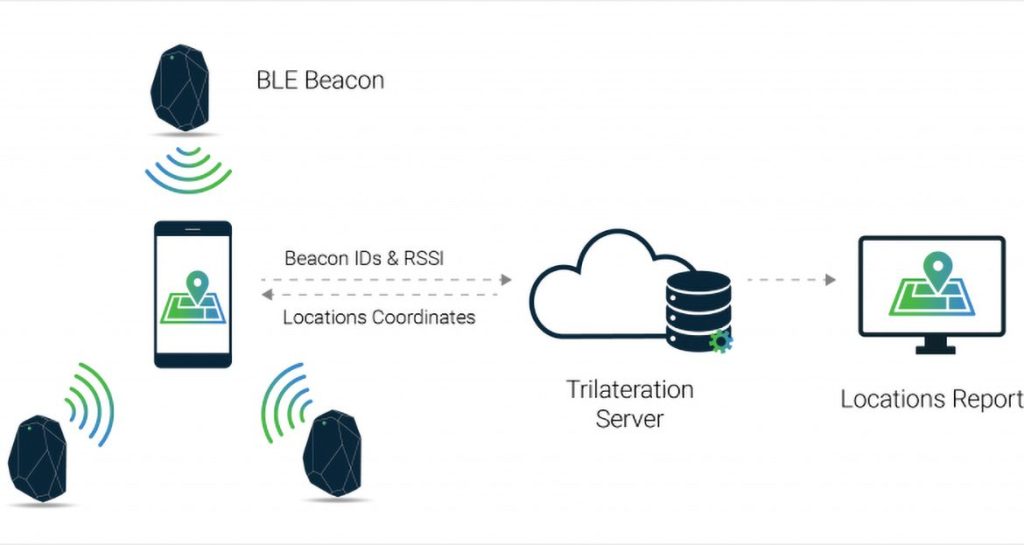
Indoor positioning systems (IPS) are increasingly popular as a means of tracking the movement of people and assets within buildings. While both Wi-Fi and Bluetooth-based IPS exist, there are several benefits that Bluetooth-based systems have over their Wi-Fi-based counterparts.
More Accurate: Bluetooth-based IPS uses the low energy (BLE) version of Bluetooth, which has a range of up to 200 meters. This allows for a more accurate triangulation of the device’s position within a building. Wi-Fi-based IPS, on the other hand, has a limited range and requires multiple Wi-Fi access points to be present to triangulate a device’s position.
Cost Effective: Bluetooth-based IPS are generally more cost-effective than Wi-Fi-based systems. This is because BLE devices are much less expensive than Wi-Fi access points and do not require any additional infrastructure or cabling. This makes them a more attractive option for smaller businesses or for those looking to implement an IPS system in a cost-effective manner.
Energy Efficient: Bluetooth-based IPS use significantly less power than Wi-Fi-based systems. This is due to the BLE technology being designed for low-power applications, making it more suitable for use in battery-powered devices such as smartphones and smartwatches. Wi-Fi-based IPS, on the other hand, consumes more power and is not suitable for use in battery-powered devices.
Increased Privacy: Bluetooth-based IPS uses randomized MAC addresses to track devices, which helps to protect the privacy of users. Wi-Fi-based IPS, on the other hand, tracks devices using their MAC addresses, which can be used to identify the device and the user. This can pose a security risk, especially in sensitive environments such as hospitals or government buildings.
Better Interoperability: Bluetooth-based IPS are compatible with a wide range of devices, including smartphones, smartwatches, and other wearable devices. Wi-Fi-based IPS, on the other hand, are only compatible with Wi-Fi enabled devices, which limits the range of devices that can be tracked.
Greater Scalability: Bluetooth-based IPS can be easily scaled to accommodate larger buildings or multiple buildings. This is because BLE devices can be added or removed as needed, without the need for any major reconfiguration of the system. Wi-Fi-based IPS, on the other hand, are more complex and require a more significant investment in infrastructure and cabling, making them less scalable.
Contact our team to discuss a solution tailored to you and your team’s needs.
Contact our team to discuss a solution tailored to you and your team’s needs.
Contact our team to discuss a solution tailored to you and your team’s needs.
Contact our team to discuss a solution tailored to you and your team’s needs.